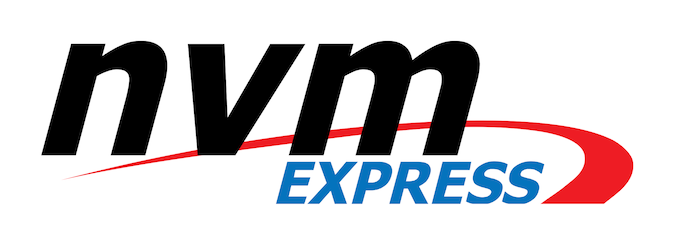What it did was to eliminate the high-end market that would've been served by a yet faster version of SATA. Such drives were better served by NVMe, so the SATA folks decided to stop at 6 Gbps.Since NVMe makes little to no difference for everyday uses and consumes 4X as many chipset/CPU lanes per device while doing so, I don't consider NVMe superior.
I agree that SATA serves a useful purpose and I don't want to see it disappear from motherboards for quite a while.
First, the NVMe standard has grown quite vast. It's so big they had to split it into multiple parts. It handles a lot more use cases than SATA or SAS, most of them non-consumer.Just a different interface for similar though also quite different purposes - NVMe for things where speed is prioritized over all else, SATA for expandability and affordable large-ish arrays. If SATA got a 12-16Gbps 4th-gen, even fewer people would have cared about NVMe. I wouldn't sacrifice 4xSATA ports for 1xNVMe slot.

NVMe 2.0 Specification Released: Major Reorganization
Second, NVMe is much better at exposing and exploiting the native parallelism of the hardware, enabling multiple queues and substantially increasing the limits on queue depth. Again, consumers don't normally have workloads that can keep so many transactions in flight but perhaps DirectStorage might.
Third, if you're going to tell people that "12 Gbps should be enough for everyone", that would limit their SSDs to a mere 1.5 GB/s, whereas even a PCIe 3.0 x4 NVMe drive can theoretically do up to 4 GB/s. There are use cases for speeds above 1.5 GB/s, such as working with large video files, copying around VM images or snapshots, ISOs, etc. Not mainstream consumer, but more in the power-user range.
Fourth, SATA has significantly higher transaction latency than NVMe. For lightly-threaded workloads doing lots of small reads, read latency can be a performance bottleneck, even when you're nowhere near reaching the throughput limit of the SATA link.
I didn't and won't say SATA's goose is cooked, but I'd point out that U.2 defines a cabling standard. For budget storage applications, I expect SATA will remain king for the foreseeable future, but I guess if the NAS sector takes a hard swing towards SSDs then who knows?To really call SATA's goose cooked, there needs to be a cabled NVMe 4.0/5.0x1 spec for budget-oriented storage arrays.
Last edited:

